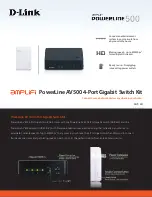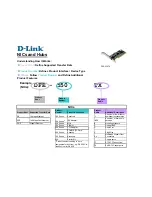
1-8
Device
Comparison process
BPDU of port
after comparison
After comparison:
z
Because the root path cost of CP2 (9) (root path cost of the
BPDU (5) plus path cost corresponding to CP2 (4)) is smaller
than the root path cost of CP1 (10) (root path cost of the
BPDU (0) + path cost corresponding to CP2 (10)), the BPDU
of CP2 is elected as the optimum BPDU, and CP2 is elected
as the root port, the messages of which will not be changed.
z
After comparison between the configuration BPDU of CP1
and the calculated designated port configuration BPDU, port
CP1 is blocked, with the configuration BPDU of the port
unchanged, and the port will not receive data from Device A
until a spanning tree calculation process is triggered by a new
event, for example, the link from Device B to Device C going
down.
Blocked port CP2:
{0, 0, 0, AP2}
Root port CP2:
{0, 5, 1, BP2}
After the comparison processes described in the table above, a spanning tree with Device A as the root
bridge is established as shown in
Figure 1-3
.
Figure 1-3
The final calculated spanning tree
The spanning tree calculation process in this example is only simplified process.
The BPDU forwarding mechanism in STP
z
Upon network initiation, every switch regards itself as the root bridge, generates configuration
BPDUs with itself as the root, and sends the configuration BPDUs at a regular hello interval.
z
If it is the root port that received a configuration BPDU and the received configuration BPDU is
superior to the configuration BPDU of the port, the device increases the message age carried in the
configuration BPDU following a certain rule and starts a timer to time the configuration BPDU while
sending out this configuration BPDU through the designated port.
z
If the configuration BPDU received on a designated port has a lower priority than the configuration
BPDU of the local port, the port immediately sends out its own configuration BPDU in response.
















































